In the woodlands and forests of Asia, a small bird with graceful plumage and a melodious song graces the landscape—the Rufous-Tailed Robin (Larvivora sibilans). With its distinctive appearance, captivating vocalizations, and significance in both avian studies and cultural contexts, this robin species holds a special place in the hearts of bird enthusiasts and naturalists. In this article, we delve into the enchanting world of the Rufous-Tailed Robin, exploring its appearance, behaviors, habitat, and its remarkable influence on the realms of science and culture.
Rufous-Tailed Robin images
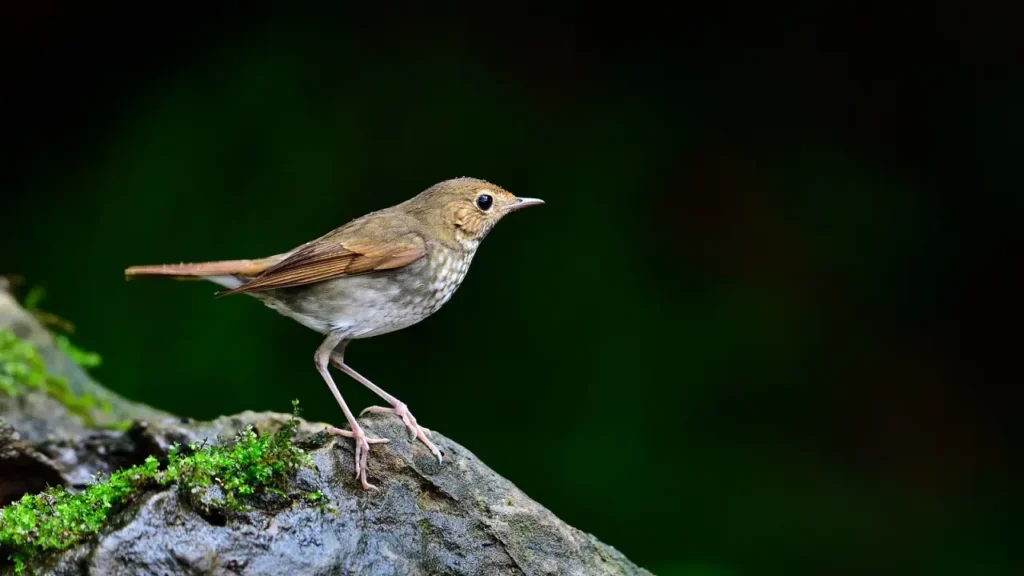
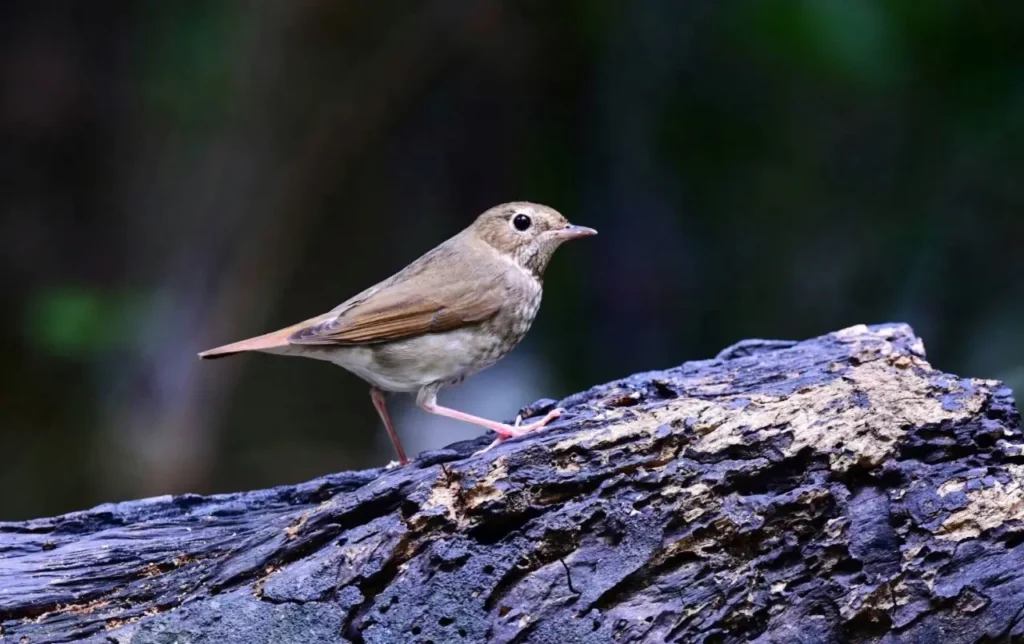

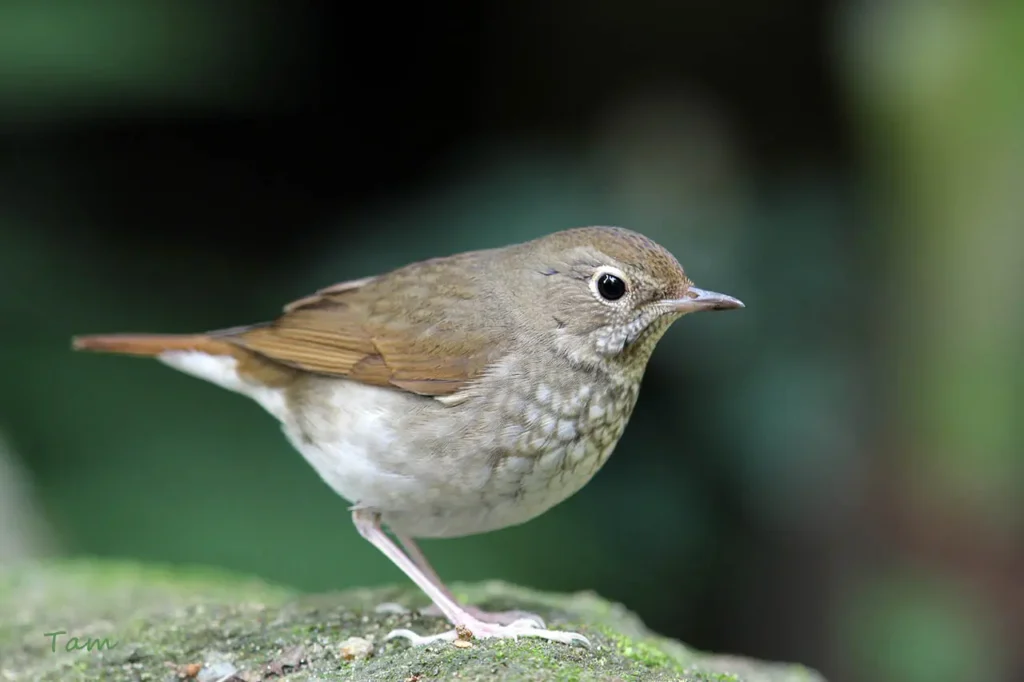
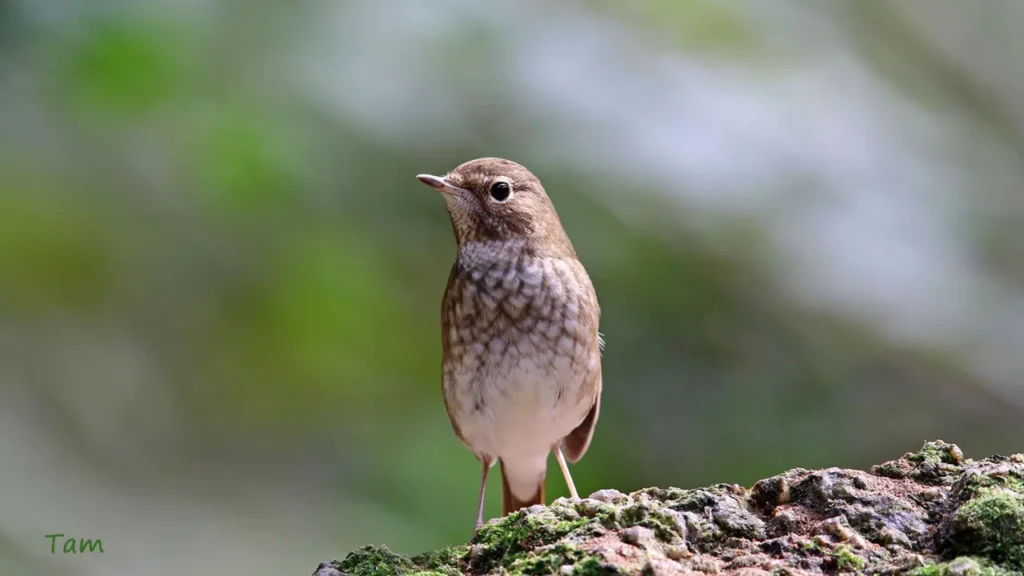
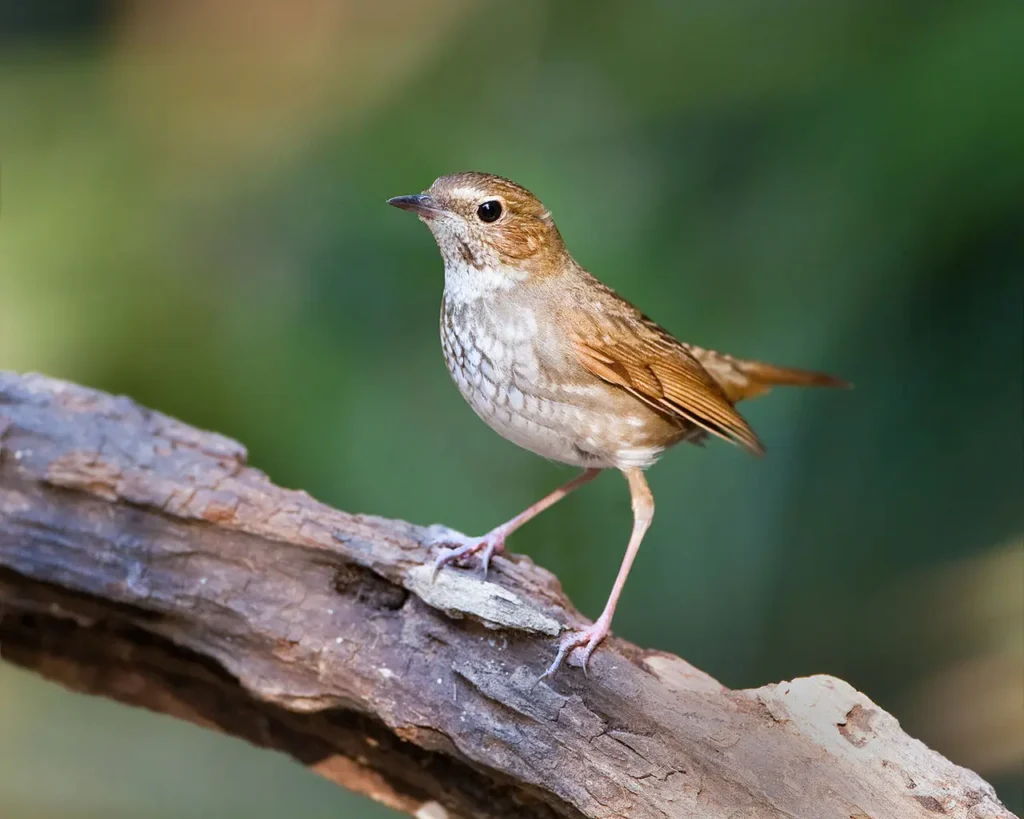
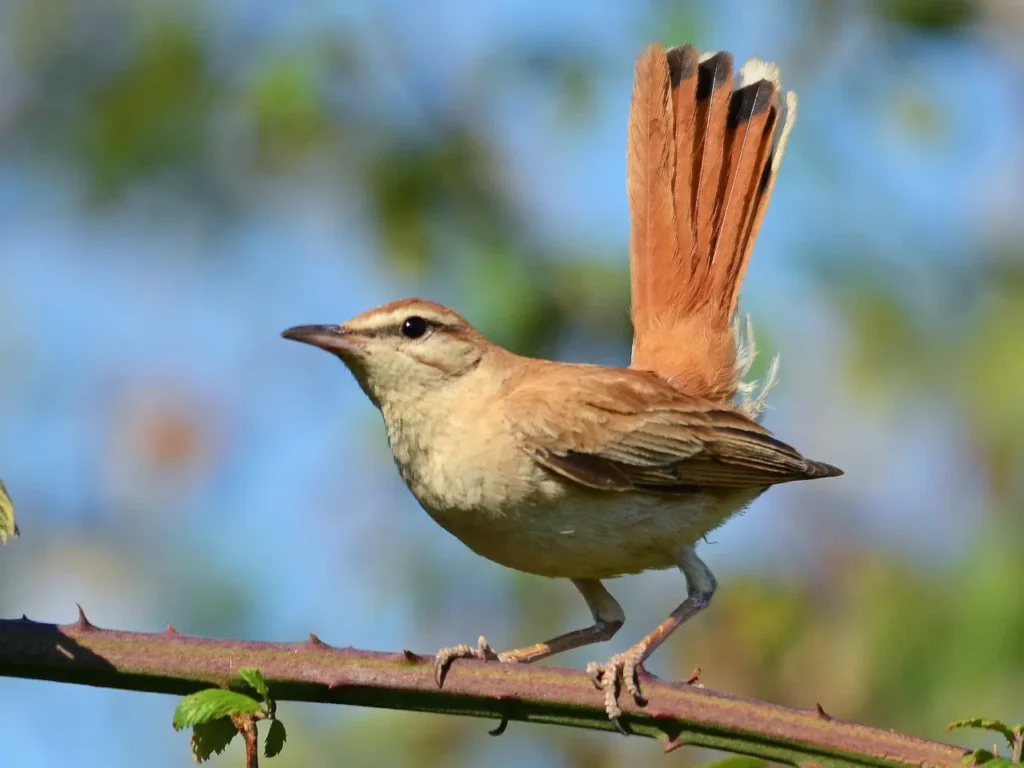
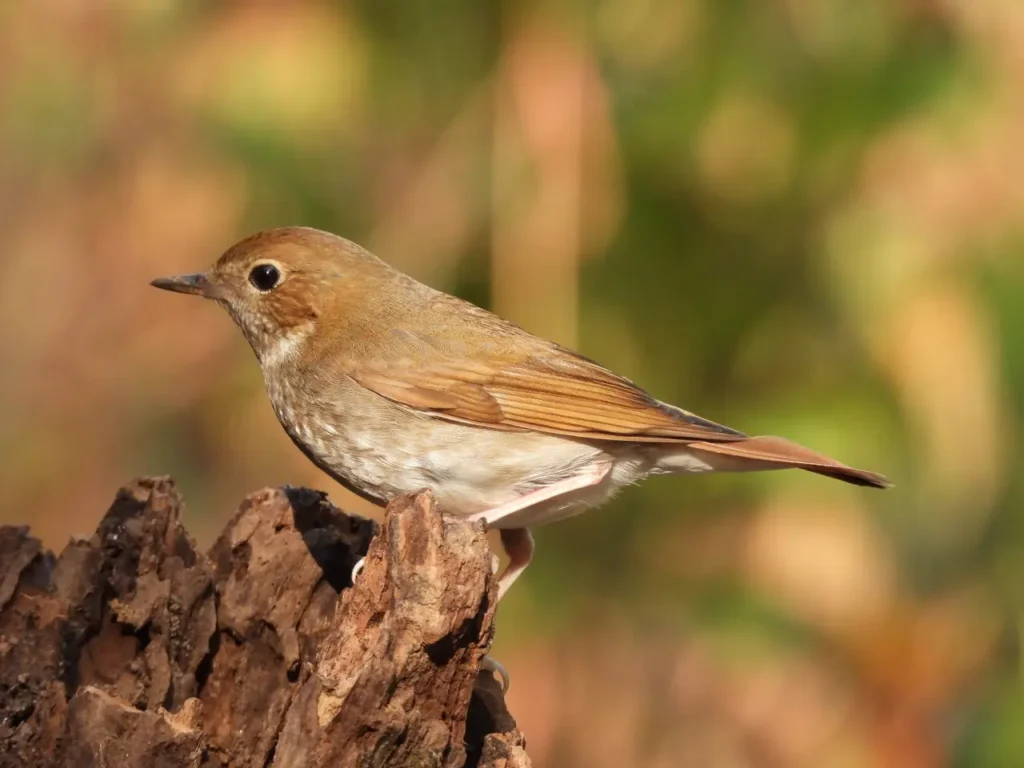
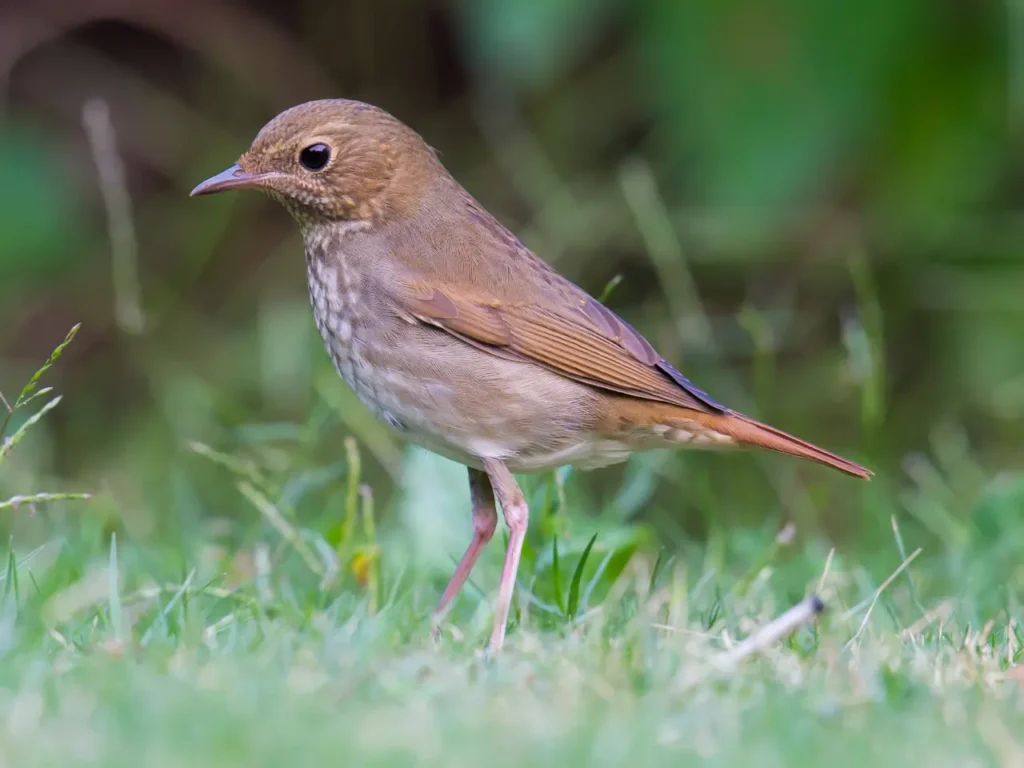
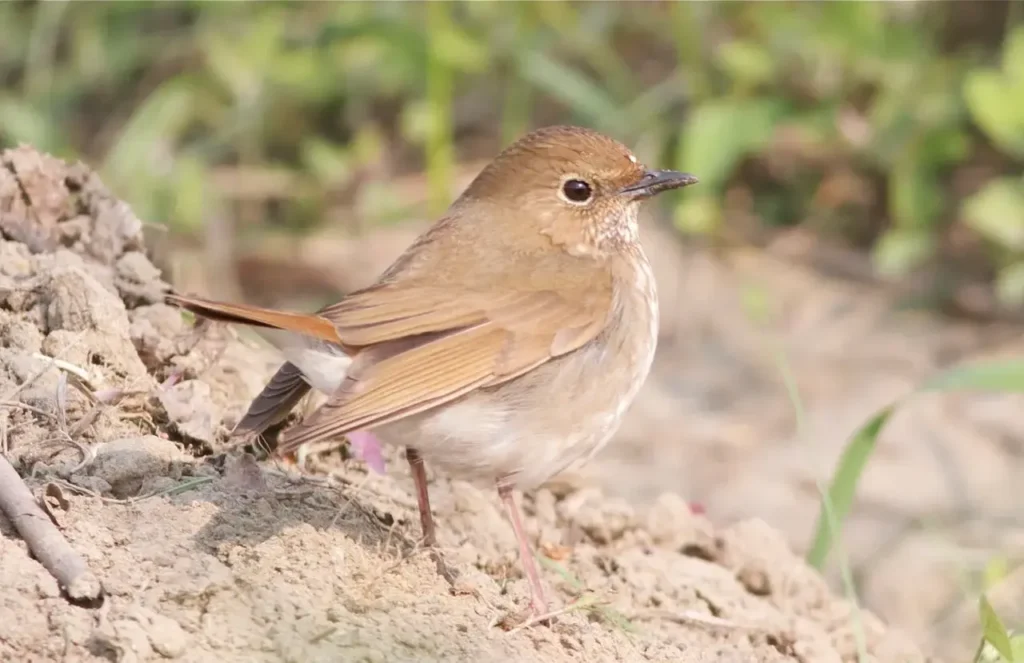
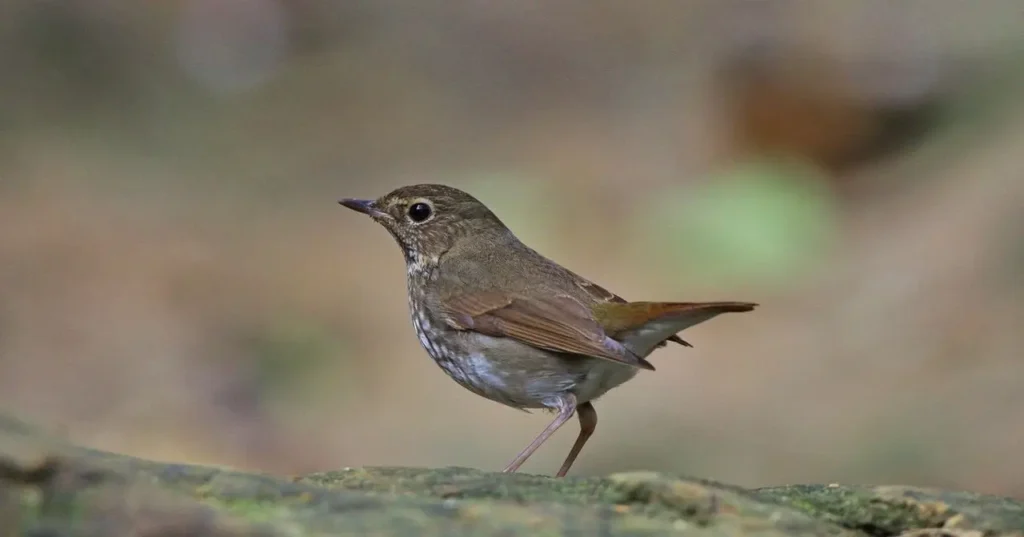

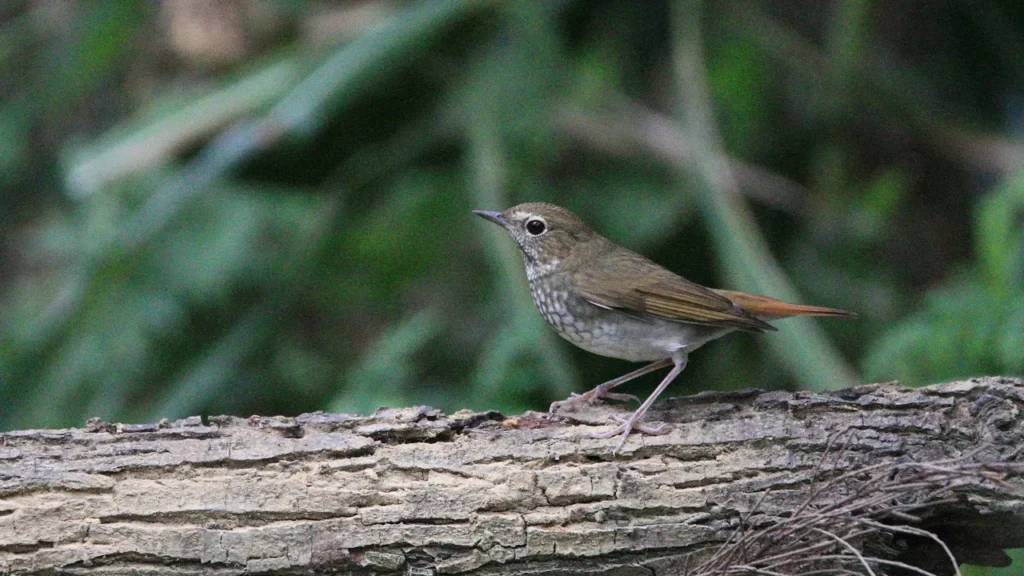
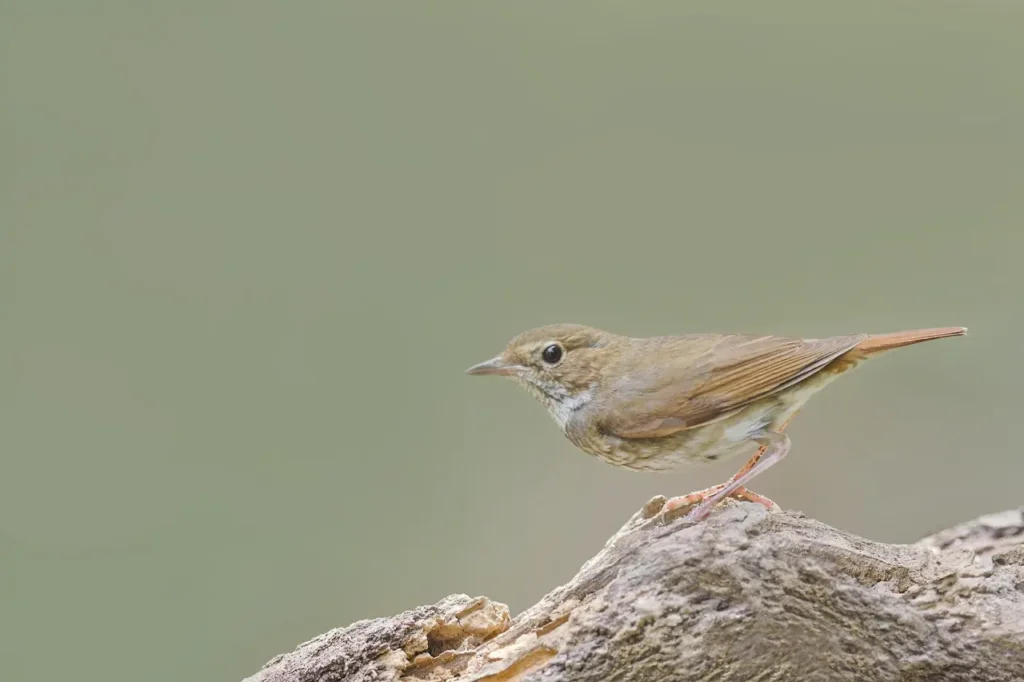

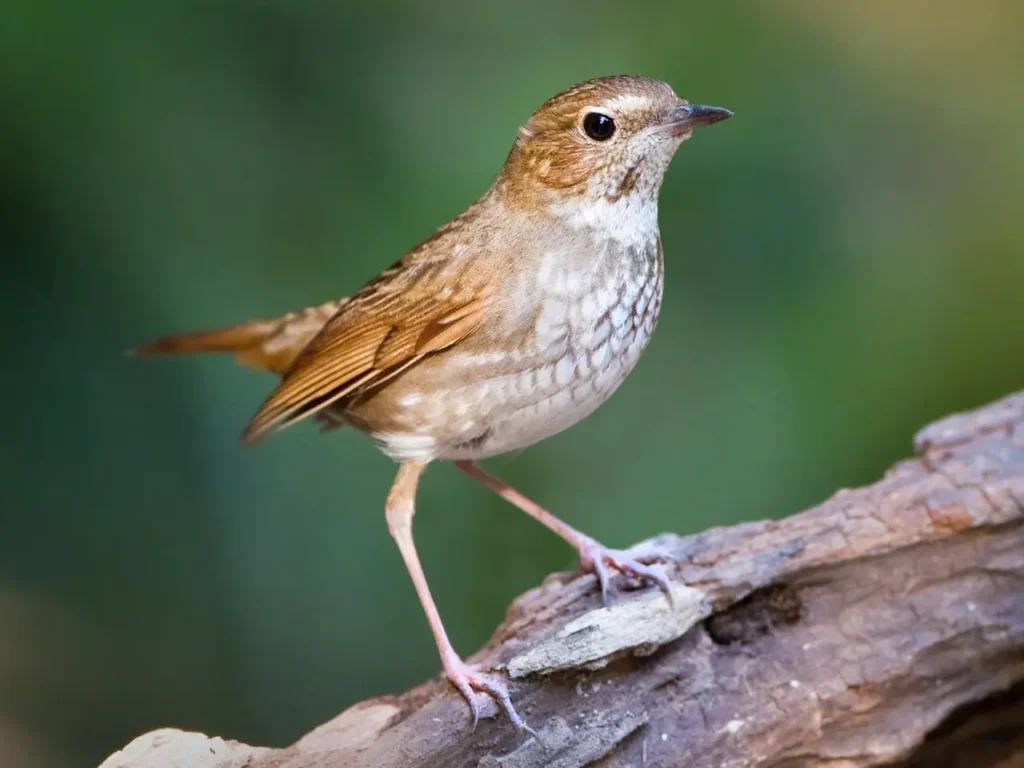
Appearance and Characteristics
The Rufous-Tailed Robin boasts an understated elegance, with its striking rufous-colored tail contrasting against its otherwise subdued plumage. Its upperparts are typically brownish-gray, while its underparts are pale and delicately patterned. Males and females share similar appearances, with the males usually having a slightly more vibrant coloration.
Behavior and Vocalizations
Known for its melodious song, the Rufous-Tailed Robin’s musical notes can often be heard ringing through the woodland foliage. These robins are highly territorial and are often observed perched on elevated branches, belting out their tuneful calls. Their vocalizations play an important role in attracting mates and establishing their presence within their habitat.
Habitat and Range
The Rufous-Tailed Robin inhabits a diverse range of habitats, including deciduous and mixed forests, as well as mountainous regions. Their range spans across parts of Asia, including countries like China, India, Bhutan, and Nepal. These robins are migratory birds, often moving to lower altitudes during the winter months.
Conservation and Challenges
While not currently considered endangered, the Rufous-Tailed Robin faces challenges due to habitat loss, deforestation, and the impact of climate change on their migratory patterns. Conservation efforts focus on protecting their habitats and understanding the factors that influence their populations.
Scientific Importance
Beyond their visual and auditory appeal, Rufous-Tailed Robins hold significance in avian studies. Their behaviors, migratory patterns, and vocalizations provide valuable insights into ecological interactions and the broader avian world.
Cultural Significance
In some cultures, the Rufous-Tailed Robin has garnered symbolic meaning. In Japanese folklore, this robin is believed to have a connection to the realm of the spirits and is considered a messenger of joy and renewal.
The Rufous-Tailed Robin, with its elegant appearance, melodious song, and importance in science and culture, exemplifies the intricate tapestry of the avian world. Whether observed perched on a branch, singing its harmonious tune, or cherished as a cultural symbol, these robins remind us of the beauty, diversity, and interconnectedness of the natural world. By advocating for their conservation and understanding their role within ecosystems, we contribute to the preservation of the enchanting elegance that the Rufous-Tailed Robin brings to our shared planet.








